Smoke points and shattered solids, rancid fats and smelly oils...there's a lot to know about how to take care of and use oils. In this post, Chemist Darius Soltes schools us on what happens when we heat our oils.

Contributed by John Darius Soltes, CHMM
In this post, I will expound upon my humble understanding of these ubiquitous hydrocarbons that are in our everyday lives...
As a chemist, I must start by defining the matter. Here is a little logic meme for you:
aqueous is to organic : crystalline is to amorphous
What am I trying to say there? It's very simple: water and oil are different...they are like...oil and water! Polar molecules, like water (H2O) and carbon dioxide (CO2), form an ordered crystalline structure when cooled, but non-polar molecules, like oils and lipids, will not form this neatly arranged structure. Consider how ice and butter would react if you hit them with a hammer: take a big block of ice and whack it with a hammer and it will shatter. Take a stick of refrigerated butter and whack it with a hammer and it will dent. But, if you cool a stick of butter to a low enough temperature (try -450oF, for example), and then whack it with a hammer, it will become brittle. The frozen oil (even at absolute zero) will start to behave like one of those pesky crystalline solids!
Heating things up: what happens to hot oils?
Eventually, if you heat oil enough, its structure will begin to break down. At temperatures between 225F-520oF (107C-271oC) the oil will start to smoke. The temperature at which breakdown begins and you see the oil turning to smoke is called...wait for it: smoke point. An oil's smoke point varies greatly based on its chemical structure and and the thermal stability of a particular oil. The worst part?
All of the fragrant terpenes and aromatic compounds that people painstakingly infuse into oils degrade when an oil reaches its smoke point temperature.
So sad. But avoidable. In order to retain those fragrant terpenes and aromatic compounds, do not overheat your oil. That's why LEVO has different temperature settings for different oils. Here's a list of some ballpark smoke points for a variety of common oils from Cooking for Engineers:
| Type of Oil | Smoke Point in oF | Smoke Point in oC |
| unrefined canola oil | 225 | 107 |
| unrefined flaxseed oil | 225 | 107 |
| unrefined sunflower oil | 225 | 107 |
| unrefined corn oil | 320 | 160 |
| extra virgin olive oil | 320 | 160 |
| unrefined peanut oil | 320 | 160 |
| unrefined soy oil | 320 | 160 |
| hemp seed oil | 320 | 160 |
| butter | 350 | 177 |
| coconut oil | 350 | 177 |
| unrefined sesame oil | 350 | 177 |
| vegetable shortening | 360 | 182 |
| lard | 370 | 182 |
| refined canola oil | 400 | 204 |
| low acidity extra virgin olive oil | 405 | 207 |
| sesame oil | 410 | 210 |
| grapeseed oil | 420 | 216 |
| virgin olive oil | 420 | 216 |
| almond oil | 420 | 216 |
| peanut oil | 440 | 227 |
| sunflower oil | 440 | 227 |
| refined soy oil | 450 | 232 |
| palm oil | 450 | 232 |
| refined peanut oil | 450 | 232 |
| soybean oil | 495 | 257 |
You may notice from this chart that all the unrefined "first press" or "virgin" oils have much lower smoke points than their refined counterparts. The reason for this has to do with the thermal breakdown of the lower molecular weight terpenes/aromatics/flavinoids (especially reactive acid groups). These molecules are the ones that will scorch and produce unpleasant by-products at elevated temperatures.
You can filter your oil to remove these naturally occurring flavor compounds so that the oil will be better suited for high temperature cooking. Ghee or clarified butter is a good example of filtered oil. Butter is "clarified" to remove its milk solids. After you strain away the milk solids, you have an oil with higher thermal stability that you can heat to higher temperatures.
Those "first press" or "virgin" oils are like the unfiltered butter with all its milk solids. They contain more flavor, which is what they are known for, but they also reach smoke point at a lower temperature. That is why virgin oils are not recommended for sautéing.
Protect your infusions!
Even though the subtle flavors of an infusion are dissolved into the oil, they are still susceptible to the smoke point thermal activity. Protect your infused oils by heating and cooling them properly. You want to keep your oil away from high temperatures and away from Ultra-Violet (UV) light, which can oxidize oils and make them "go bad" by activating the reactive molecules. Store your oils in green or brown colored glass containers to block out harmful UV light.
And now for some diagrams of molecules (I would be remiss if I neglected to include a molecular ball diagram). Take a look at this one:

That picture depicts the chemical structure of a tri-glyceride molecule. See the three chains of fatty acids that look like legs coming of that red ring? Three chains, hence tri-glyceride. In my last blog post, I discussed vegetable glyceryn (VG). VG is the atomic backbone for this type of oil. Here's a reminder of VG structure:

And now take a look at these images:

 `
`


Notice anything that these molecules have in common across these diagrams? The Olive Oil might stand out, but that's because where you see the "R" with a superscript number, that's actually where a number of different carbon chains are located, which are represented with kinky lines in the other diagrams, like this: "/\/\/\/". You'll also notice that some of the kinky lines are doubled. That's where there is a double "carbon=carbon" bond.
The double bond causes the tri-glyceride to be "unsaturated." When you see more than one double bond, that's now a poly-unsaturated oil. All of these oils have a tri-glyceride VG "backbone." Can you see it? Look for the legs!
Now take a look at this image, which is one of the reference oils for a LEVO flower infusion test:

Notice some really huge big differences? There's only one "leg"! That's because this molecule of grape seed oil is a mono-glyceride. Instead of having those three long chains of kinky bonds that we saw in the other oils, this oil only has one chain of bonds.
And just for kicks and giggles, here are some diagrams of entirely inedible oils (YUCK!):

Now if you weren't sure of those kinky, leggy chains...you certainly cannot find them in these diagrams. They don't have them! NO glycerin backbone in these oils, which are found in candle wax and wood resins.
Oils are just like snowflakes: no two oils are alike.
Okay, that's not true at all. But while putting together this little assemblage of revealing oil facts, I did assemble a list of properties that distinguish oils from one another:
- Source of the oil, i.e. vegetable, dairy, or animal
- Naturally occurring aromatics and anti-oxidants in the oil
- Physical characteristics of the oil, i.e. viscosity, color, or thermal stability
As if those weren't enough characteristics, oils can also be processed and refined, and their production can get quite complicated. I might explore this in a future blog post: Fat. You don't want to know where it comes from!
One last bit of food for thought: for nutritional considerations, you might be interested to know that in researching for this blog post, I found that across the board, ingested oils = 9 calories/gram. Chew on that when planning your next recipes!
About the Author:

John Darius Soltes is a professional chemist with over 15 years of experience in both environmental science and analytical laboratory chemistry. Over the past year he has focused his attention on flower extracts and terpene chemistry and currently works in the Denver metropolitan area.













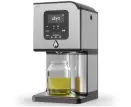


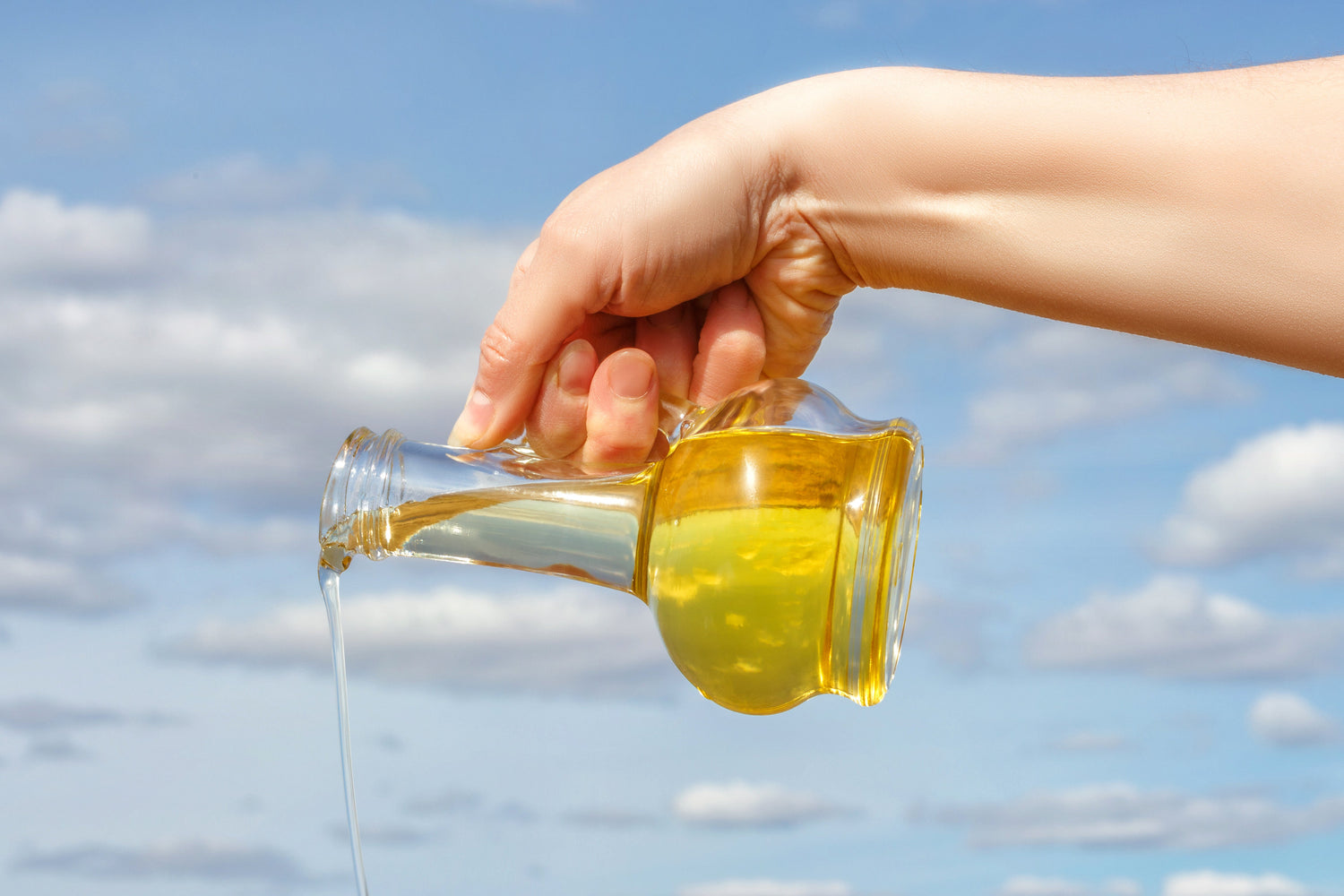
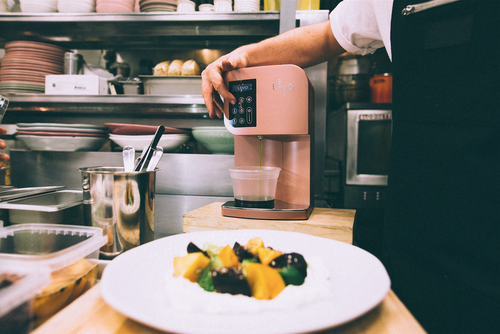
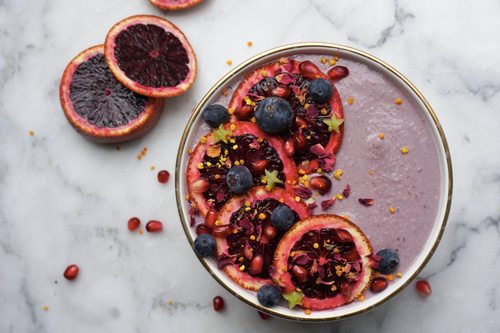
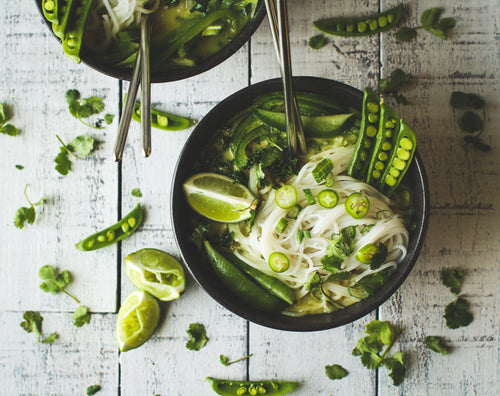

Leave a comment
All comments are moderated before being published.
This site is protected by hCaptcha and the hCaptcha Privacy Policy and Terms of Service apply.